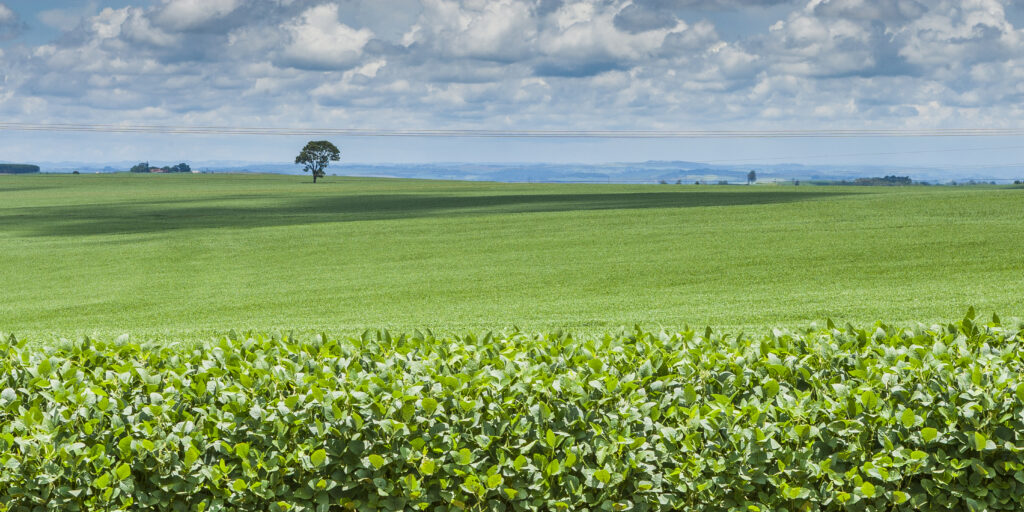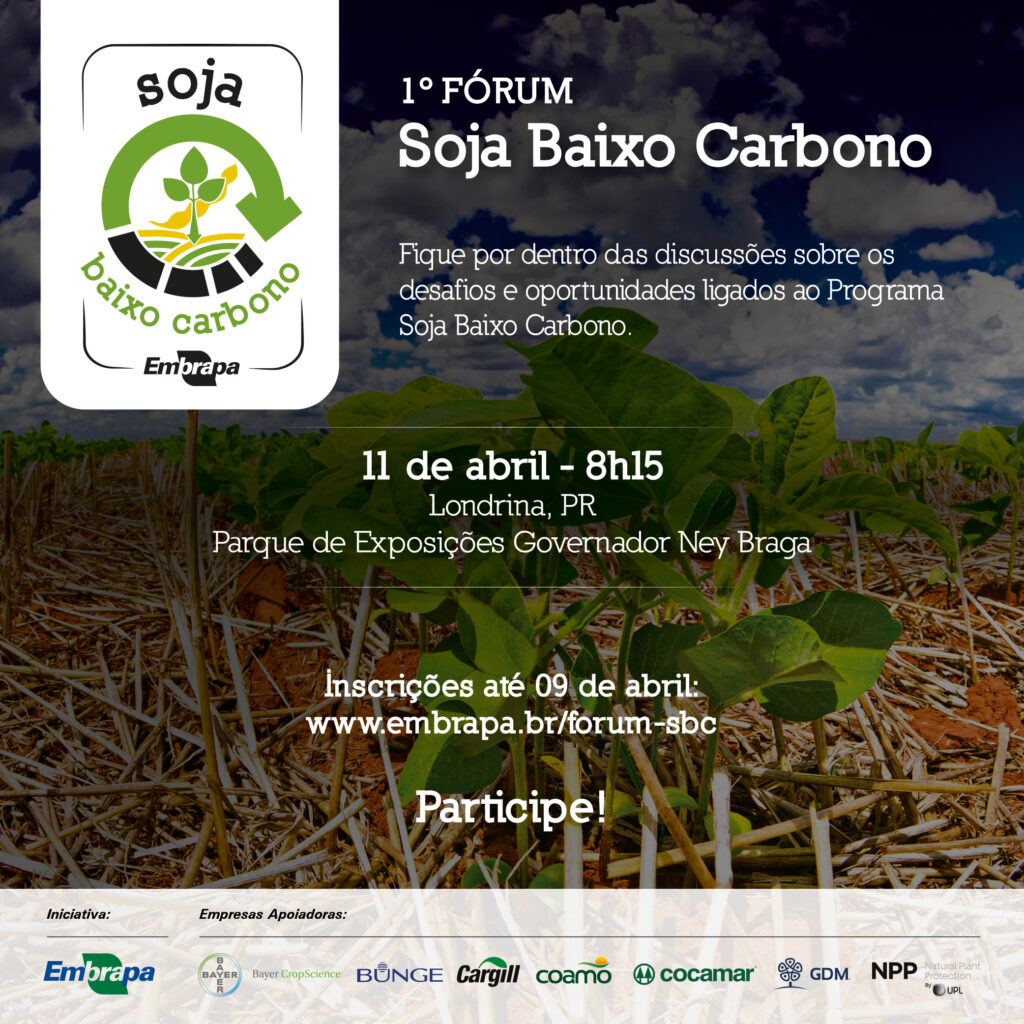- Embrapa launches the first version of the guidelines for low-carbon soybean certification, based on the adequacy of the rural property and the production system.
- The adequacy of the property involves items such as the elimination of deliberate burning and respect for the sanitary vacuum, the soybean sowing schedule and the legislation.
- The adequacy of the production system refers to the adoption of mandatory, complementary agricultural practices, and improvement of the carbon balance.
- The document subsidizes the validation of the methodology in more than 60 agricultural areas, distributed in the five Brazilian soybean macro-regions.
- Once validated, the certification process is expected to be available to the market in 2026.
- Rural properties will be able to submit their production system to the measurement of range indicators, by an accredited certifier, to obtain the Low Carbon Soybean (SBC) seal.
- By being certified, low-carbon production will be a competitive advantage in the market
- It is estimated that production with the SBC seal can mitigate greenhouse gas emissions by about 30%.
Embrapa and partners are making progress in defining technical guidelines to validate the low-carbon soybean certification methodology. The first version of the document Technical Guidelines for Low Carbon Soybean Certification was published. The document contains the premises to attest to the mitigation of greenhouse gas (GHG) emissions in Brazil's candidate agricultural production systems. These assumptions are being used to subsidize data collection in more than 60 agricultural areas in five soybean macro-regions, during two harvests (2023/2024 and 2024/2025).
"The publication of the certification guidelines at this stage is essential for us to scientifically validate the quantification methodology that is being developed by Embrapa," explains the coordinator of the Steering Committee of the Low Carbon Soybean Program (PSBC), Henrique Debiasi, a researcher at Embrapa Soybean (PR).
Debiasi emphasizes that this is one of the largest Brazilian sectoral initiatives. It aims to add value to soybeans produced in systems that contribute to the reduction of GHG emissions. The Program estimates that, by adopting the sustainable technologies described in the publication, the potential for reducing emissions in soybean production systems can be approximately 30%.
According to the researcher, the scope of the PSBC provides for the comparison of typical production systems (agricultural crops used and production practices adopted) with the candidate areas to receive the Low Carbon Soybean (SBC) seal, that is, those that adopt mitigating solutions. "The goal is to make qualitative and quantitative aspects of the grain tangible, based on agricultural technologies and practices that reduce the intensity of GHG emissions," he explains. "The concept is based on the measurement of benefits and the voluntary certification of production practices that have been proven to result in lower GHG emissions," he adds.




